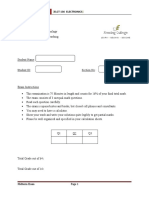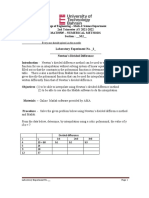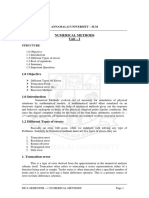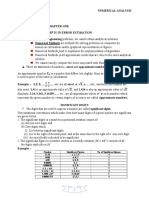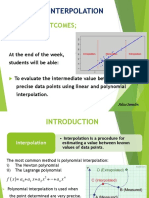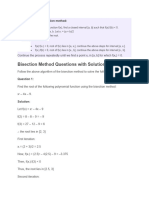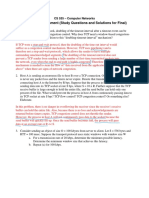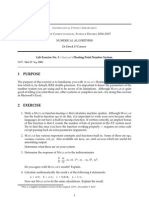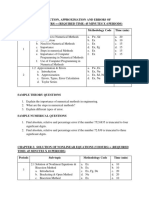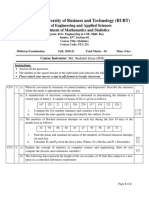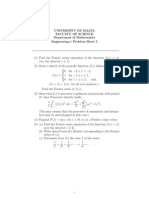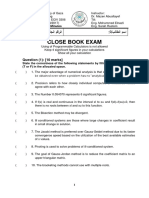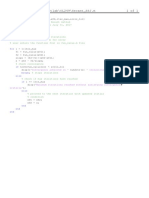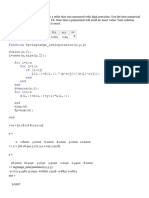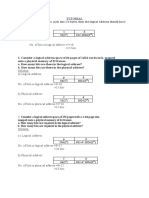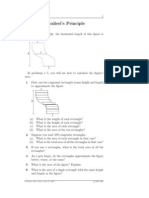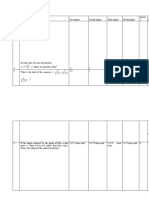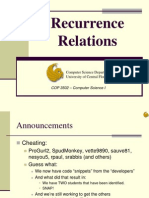25% found this document useful (4 votes)
2K views2 pagesSTQP2034 Tutorial 3
This document contains 10 numerical analysis questions involving iterative refinement techniques, Newton's interpolation polynomials, Lagrange polynomials, quadratic splines, and integration methods like the trapezoidal rule. Students are asked to submit solutions to Questions 1, 3, 4, 5 and 9, which involve iterative refinement, interpolation, splines, and evaluating integrals both analytically and numerically, by August 30th.
Uploaded by
Sabariah OthmanCopyright
© Attribution Non-Commercial (BY-NC)
We take content rights seriously. If you suspect this is your content, claim it here.
Available Formats
Download as PDF, TXT or read online on Scribd
25% found this document useful (4 votes)
2K views2 pagesSTQP2034 Tutorial 3
This document contains 10 numerical analysis questions involving iterative refinement techniques, Newton's interpolation polynomials, Lagrange polynomials, quadratic splines, and integration methods like the trapezoidal rule. Students are asked to submit solutions to Questions 1, 3, 4, 5 and 9, which involve iterative refinement, interpolation, splines, and evaluating integrals both analytically and numerically, by August 30th.
Uploaded by
Sabariah OthmanCopyright
© Attribution Non-Commercial (BY-NC)
We take content rights seriously. If you suspect this is your content, claim it here.
Available Formats
Download as PDF, TXT or read online on Scribd
/ 2

